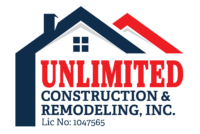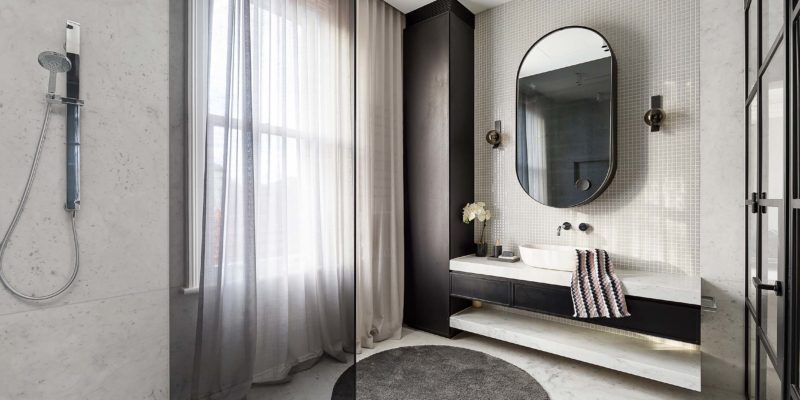Even though Zillow recently scaled back iBuying, the technology behind it, automated valuation models (AVM), isn’t going anywhere.
The same AVM tech that powers home improvement value calculators, Zestimates, and iBuying will only get more powerful. It is the hottest way companies like Zillow and OpenDoor attract billions of venture capital to scale their growth.
And despite Zillow’s $328 Million loss from iBuying in the Third Quarter of 2021, OpenDoor, Redfin, and OfferPad are still in a race to buy homes.
The Reason?
Because buying the consumer experience is more profitable than buying the consumer’s home. OpenDoor and others will continue to scale their iBuying business, even at a loss, to gain competitive control on market data and influence. And Zillow will no doubt find use for its predictive price valuation tech to keep up.
But in order to understand why this isn’t the last time we will be hearing about iBuying and automated valuation models, we need to correct some misconceptions about Zillows strategy and why it failed.
Why Zillow’s iBuying Strategy wasn’t Simply About House Flipping
For those who don’t know, iBuying is simply a digitized system in which companies like Zillow use automated technology to make offers on middle-income homes.
It is easy to mistake Zillow’s iBuying business as house flipping. It used automated valuation models to systematically make offers on homes it thought could renovate and sell at a profit. Minus the fancy tech, that is the cookie-cutter definition of a house flipper. But Zillow publicly resented the phrase. Especially when TikTokers accused it of artificially inflating house prices to make higher house-flipping profits.
But when you zoom out and evaluate its business model, house flipping represented a small fraction of its revenue growth. Every time a consumer would request a Zillow Offer, they would generate a seller lead. And on average, Zillow would only buy between 1%-2% of these homes and sell the remaining leads to premier agents. In Q3 of 2021, Zillow’s advertising arm (internet, media, and technology) was the only profitable part of the business.
Zillow and its competitors have always understood that iBuying has first to scale before becoming a profitable business segment. Before Zillow closed down the iBuying arm of its business, it hoped that it would generate an average of 4-5% annual profit once it finished scaling.
Despite the optics of buying homes, getting a brokerage license, and hiring their agents, owning the entire housing market has never been in Zillow’s interest. Capital costs are too high, and margins are too thin. And its biggest customers are the brokers and agents competing for those seller and buyer leads.
But even at full scale, the value of iBuying doesn’t come from flipping houses. A Zillow spokesperson Viet Shelton recently stated that the company has a “dream” that people will one day sell one home on Zillow and then buy another on the website too. Zillow understood that the real value comes from owning the consumer experience.
Why Zillow Entered the Race to be the Biggest iBuyer
Ultimately, Zillow entered the iBuying space to break into greater real estate advertising and digital retailing market share as well as additional revenue streams.
When Zillow introduced its home price estimate tool (Zestimate), it captured the entry point of the home buying and selling experience. This positioning was essential for its advertising business because it required agents and brokers to purchase leads from Zillow.
But as soon as OpenDoor started offering automated offers for homes, consumers shifted their entry point from getting a digital estimate from Zillow to an offer from OpenDoor. To regain its leverage, Zillow needed to enter the iBuying game.
Zillow knew that a market of homeowners didn’t have the time or patience to renovate, list their homes, and work with an agent. This market was willing to receive an offer below market value if the selling experience was fast, easy, and flexible.
But Zillow also understood that most consumers choose the path of least resistance. In 2021 33% of home purchases were made without seeing the house in person, and that was a 21% increase from two years prior. Market pressures and Covid 19 are conditioning consumers for an entirely digitized home buying and selling experience.
So if Zillow was able to effectively brand itself as a seamless digital retailing platform for real estate, it could capture more of this market and maintain its position as the consumer’s starting point for buying and selling homes.
And if its iBuying branding strategy was successful, it could gain even greater access to revenue streams like home titling, home insurance, agent commissions, and home financing.
But it failed. So what went wrong?
The Battle Zillow Lost in an All Out War for the Consumer Experience
Zillow’s iBuying strategy failed because it couldn’t keep up with OpenDoor’s buying frenzy. The entire iBuyer market was racing to acquire as much inventory as possible because supply was short, and each iBuyer felt pressure to show profitability to shareholders.
But Zillow and OpenDoor have different business models. OpenDoor is primarily an iBuyer. So its entire business model is dependent on scaling iBuying to a point where revenue is less volatile, and profits are more consistent.
This narrow focus makes its valuation models more accurate and their balance sheet more tolerant to volatility as they compete for market dominance. So when the housing market experienced an explosive increase in demand earlier in 2021, they were better positioned to bear sudden shifts in valuation and supply shortages.
On the other hand, Zillow could not manage these drastic swings in the market. They reported that their valuation models could not accurately predict home prices six months out in this market. And since iBuying represents a fraction of their business model, their balance sheet could not support sustained losses from iBuying.
But this does not mean that Zillow lost the war for the consumer experience. It still has powerful automated valuation models, brokerage licenses, and financing tools to assist home transactions. Zillow can still retool its core technology to capture the consumer experience better. Power buying, the process of helping consumers buy homes with cash, is just one example.
How Homeowners Can Best use Value Calculator Technology
Property and home improvement value calculators remain the most potent home seller tools. Since they are effective lead magnets, companies invest their best resources into making these calculators up to date.
OpenDoor’s home improvement valuation calculator is a great example. It allows homeowners to calculate the average value of any home renovation by entering their city and estimated home value.
For example, in Los Angeles, adding a bedroom of at least 150 square feet to a $550,000 home can add between $24,500 and $29,900 in total value. This tool is powerful because it uses OpenDoor’s models to predict profit margins from their renovations.
Analyzing the value differences between renovations of different home valuations is the best way to use the home improvement value calculator. Most other value estimates can’t provide that level of specificity. Instead, all you find is an average value for all home types.
The calculator also has a great graph that helps you visualize profit margins between different home valuations and cities. For example, it shows how a bathroom remodel in an $800,000 home only has a value increase of $11,300 compared to $14,300 for a $200,000 home in Atlanta, GA.
This data can help formulate house flipping strategies and renovation budgets specific to your home and city. The tool also can calculate value estimates for higher-end renovations.
The Bottom Line
Even though iBuyers make the market more competitive, their tools can help consumers make investments in their own homes or find ones with a lot of potential. As long as these companies compete for user engagement, their models will only get more accurate and informative.
If you want to take advantage, check out the calculator on OpenDoor to see what you could add to your home’s value. And if you have questions about costs, contact our team of experts for a free estimate on a home renovation. Call us at 310-500-7234 | info@ucandrinc.com
NEXT ARTICLES
How to Use New ADU laws to Make Passive Income With Rental Property




